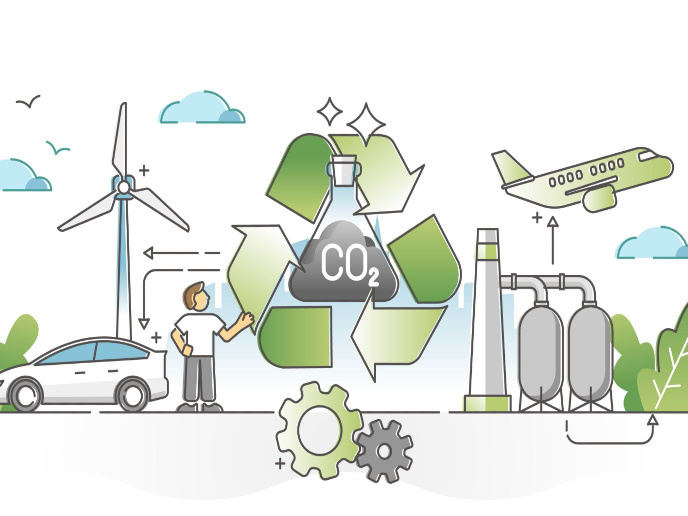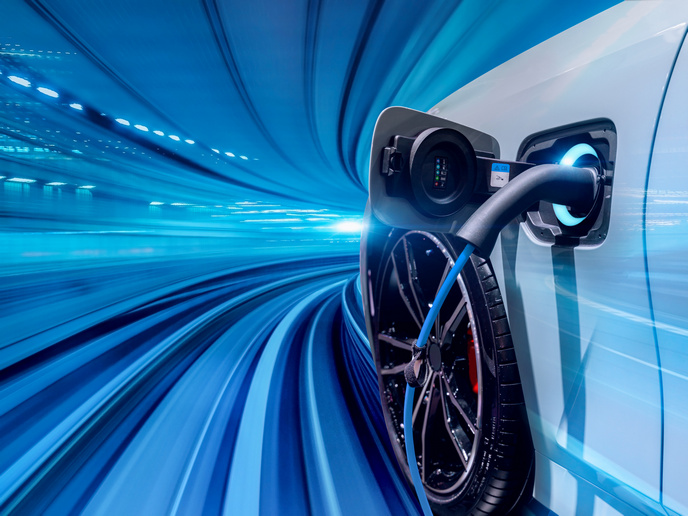Producing hydrogen sustainably from water
EU-funded scientists working on the project 'Next-generation PEM electrolyser for sustainable hydrogen production' (NEXPEL)(opens in new window) are developing proton exchange membrane (PEM) electrolysers from renewable energy sources (RESs) for this purpose.. This will reduce cost and improve stability, paving the way for widespread market uptake. During the last 18 months, scientists manufactured the final catalyst-coated membranes, the current collector and the bipolar plates. In addition, two 10-cell demonstration stacks were constructed and final testing of the stacks is ongoing. Researchers have ascertained that their cost target is reachable with the project's novel design when production quantities exceed 100. Continuing market analyses are focused on use of the PEM electrolyser with micro wind and photovoltaics for telecommunications, green hydrogen stations and large-scale hydrogen production from RESs. Results to date are promising. Researchers fully expect to cost-effectively improve performance of PEM electrolysers. This will promote the use of hydrogen as an energy carrier in a wide range of applications in the near future. Exploitation will enhance energy security, reduce emissions and make an important contribution to the competitiveness of the European economy.







